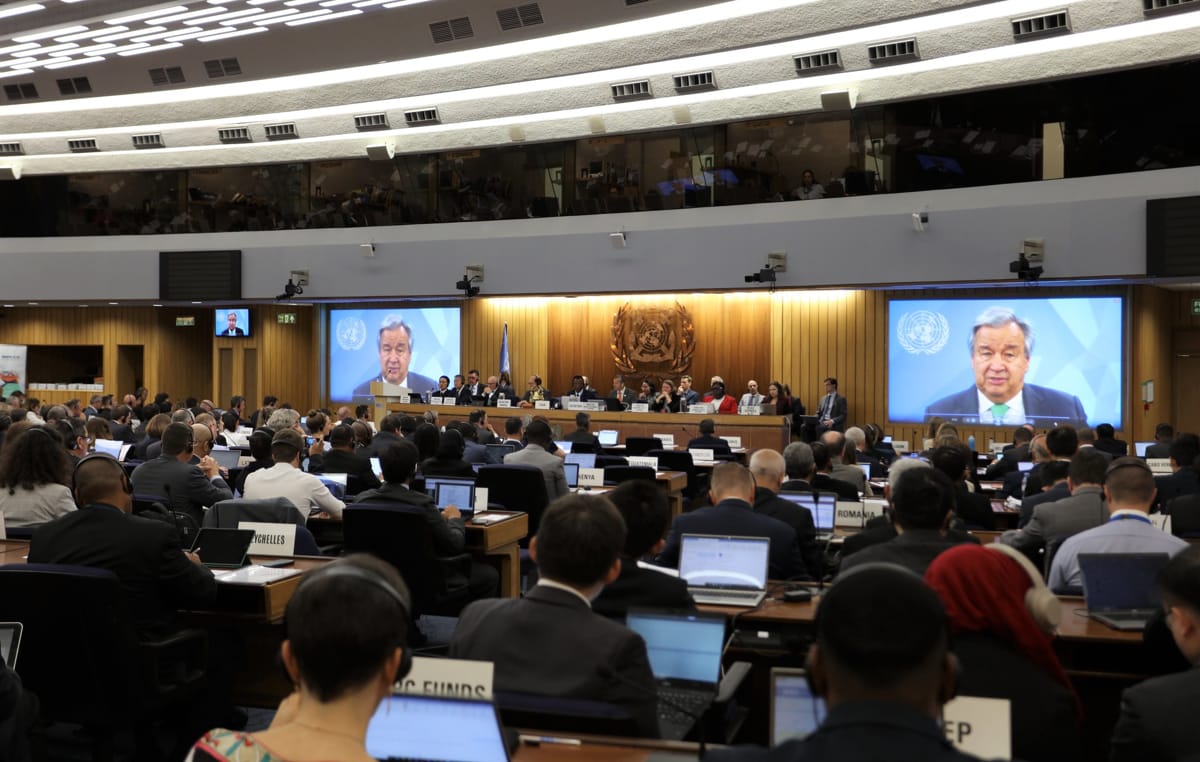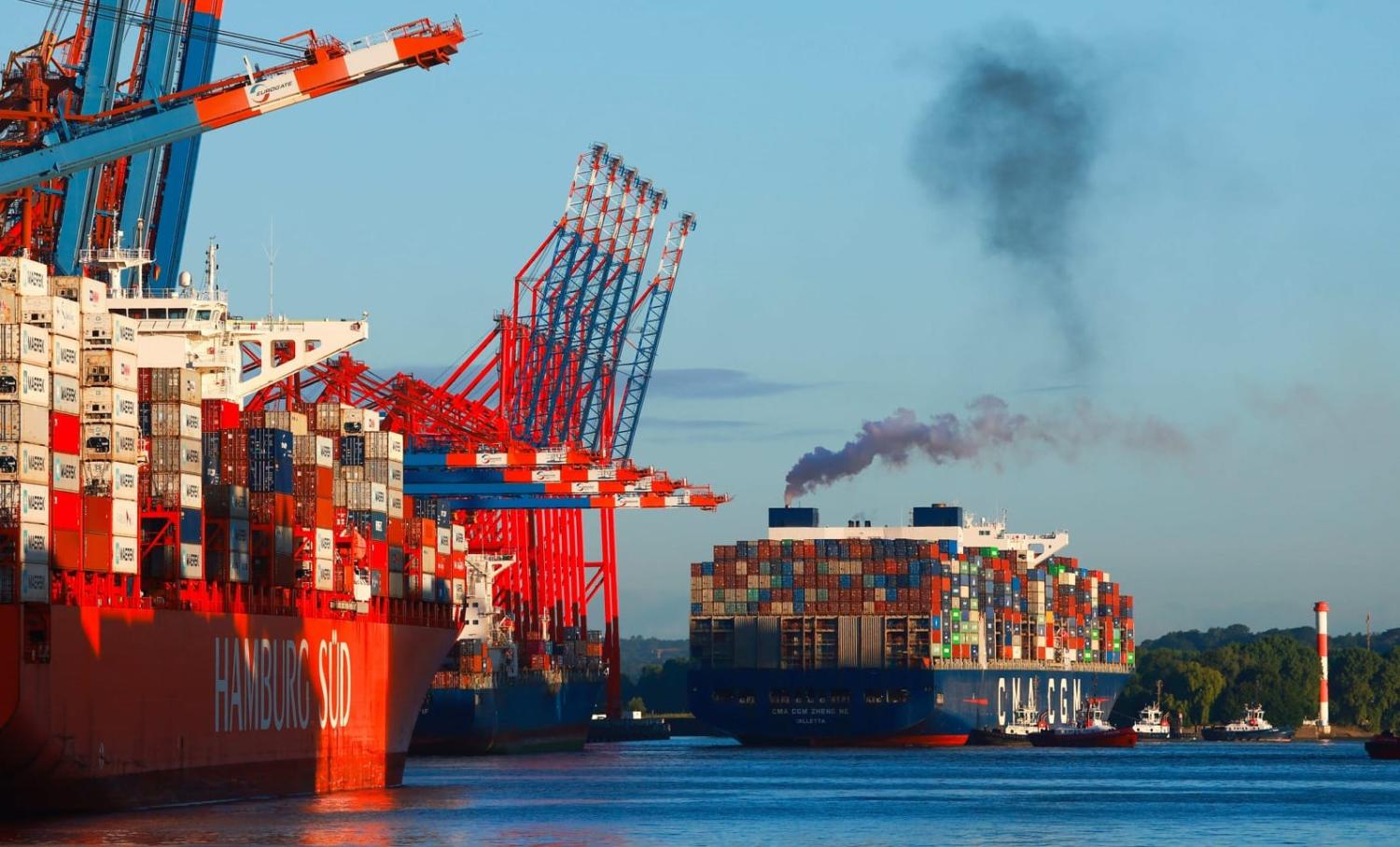What do you value more – stopping climate chaos or keeping global shipping cheap? That was the dilemma many developing countries faced at the wood-panelled London headquarters of the United Nations shipping arm summit this month.
At the International Maritime Organisation (IMO), the Pacific Islands face this dilemma more than anyone. They’re often thousands of kilometres away from each other and further still from major ports such as Auckland, so their imports face the highest costs in the world, pushing up prices on shop shelves.
But Pacific Island countries are also among the most vulnerable to climate change, with rising sea levels bringing salt water onto their thin, low-lying strips of land.
That’s why, for years, they’ve led the push to get the IMO, the body governing international shipping, to set a net zero target for 2050 and interim targets on the way in 2030 and 2040.
This push has been resisted by big emerging economies such as China, Indonesia and Saudi Arabia, which are threatened – but not quite as threatened – by climate change. These governments worry more about the cost of shipping rising and what damage that will do to citizens whose livelihoods are reliant on exports.
That’s an understandable concern. Nobody disputes that a rise in shipping costs, as shipping companies switch to more expensive green fuels, will cause economic damage to some. That damage will largely be to developing countries, particularly in Africa but also in Latin America and the former Soviet Union.
But shipping accounts for 3% of global emissions, more than the whole of Japan. It has to go green at some point and, for those suffering from the climate crisis, the sooner the better.
On its current course, the shipping sector’s emissions are rising and will continue to rise until 2050. Its dirty fuel is untaxed, making it artificially cheap.

It’s too late for the sector to be a leader. Almost all major economies have set net zero targets and even aviation set an “aspirational” goal last year. But it should try to be not too much of a laggard.
And the understandable concern over shipping costs needs to be put into context. The price of shipping has never been stable. Over the last few years, it has varied from $200 a tonne to $600 a tonne, largely depending on how the global economy is doing and the price of oil.
What the clean fuel of shipping’s future will be is still to be decided. But rather than fossil fuels, which are geographically concentrated and prone to politically weaponised price manipulation, it will be based on the wind and sun.
Old-fashioned wind in the sails power is likely to make a comeback for some ships. For those that still need fuel, it’s likely to be something based on green hydrogen, which is produced by mixing clean electricity and water. As clean electricity can be produced anywhere there is sun and wind, the price of clean shipping is likely to be far more stable than today’s dirty shipping, making exporters less vulnerable to wild swings in shipping prices.
But politicians’ short-term thinking means they would rather the costs of the transition don’t come on their watch. Instead of delaying the inevitable, they should focus on fighting for money to make the transition to clean shipping fair.
At the IMO, governments agreed in principle to put a tax on shipping emissions. What level that will be set at and what the funds will be used for will be debated over the next few years. It’s likely to be split between the shipping industry and developing countries. The Pacific Islands think their levy could raise $60–80 billion a year.
If that levy income filters down to those affected by declining exports – sugar farmers, coal miners, lumberjacks – it could be transformative.
But the shipping industry is powerful, much of it is state-owned, so getting their claws off the cash will be no easy task.
Joe Lo is a reporter for Climate Home News and covered the IMO meeting in London.

